Does this picture look familiar?

I can almost guarantee that you will have probably seen this at some point in your aquarium. It's a frustrating algae because it looks awful and can be hard to get rid of. But don't panic, as I can solve your situation. PHEW! *wipes brow*
Let me first sort out an old wives tale and set some of you straight:
It has nothing to do with excess nitrates or phosphates
Now I'd like to quote some text from UKAPS which is an excellent forum for those who do not know. Clive, who writes a lot on there has a real knack for words and I just love what he wrote:
Hair algae has absolutely nothing to do with high NO3 or high PO4. Hair algae is strictly associated with poor CO2. My tanks always have super high NO3 and PO4 and they never get hair algae - until something goes wrong with my CO2.
Just because you are adding CO2 it does not mean that you are adding enough. Do not fall off the wagon. Do not look for other reasons. Only try to realize the truth. Moss is a low light plant, so when you pummel it with high light it suffers more than other plants if the CO2 is not excellent. Therefore the moss is telling you that it is suffering too much light and not enough CO2. You think your CO2 is good but your moss disagrees. At the end of the day it doesn't matter what you think, it only matters what your moss thinks.
Step number 1 is to reduce you lighting intensity significantly by 50% if possible. This will reduce the environmental pressures on the moss.
You also need to increase your CO2 levels without killing your fish. If this cannot be accomplished by gas injection rate increase then you need to add more liquid carbon and this has to be done daily, not once or twice a week. The liquid carbon is hostile to CO2 related algae and at the same time it delivers CO2 to the plant. You can use the bottle recommended daily dosage or you can multiply that by 2X or 3X assuming that you don't have plants that respond poorly to liquid carbon such as Riccia or liverworts/bladderworts or assuming that you don't have fauna that are sensitive to liquid carbon such as some shrimp.
Increase you number of water changes per week for a few weeks if this is possible.
As you lower the growth demand via reduction of the light intensity, and at the same time improve the available CO2, you'll find that the mosses and other plants will respond positively and will grow faster. The hair algae will subside. Use a toothbrush in a spiral motion to remove as much of the hair as you can.
This advice is soooo good and so honest. Let me know what you think. Have you suffered from hair algae or maybe you are suffering right now from it. Either way, let me know!


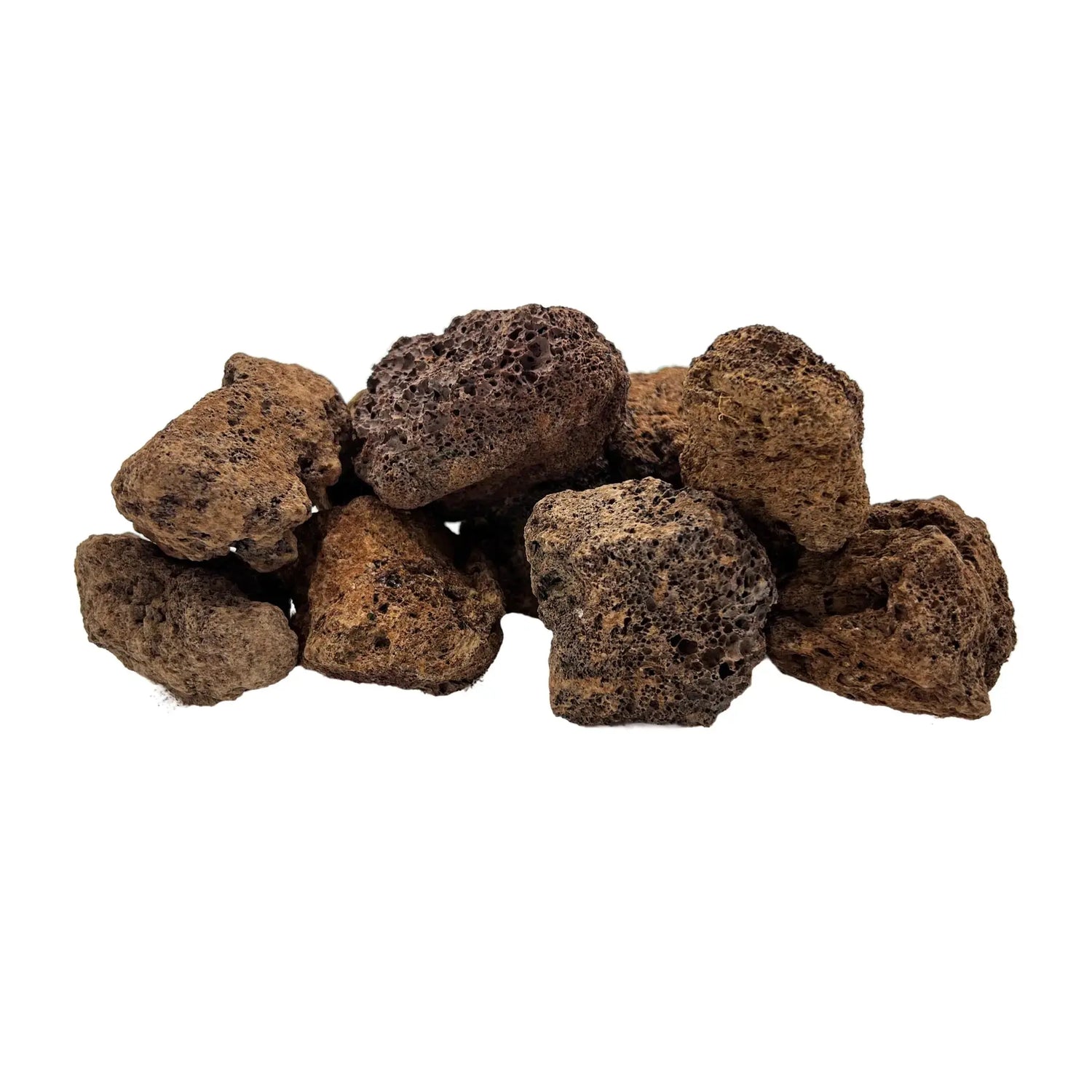
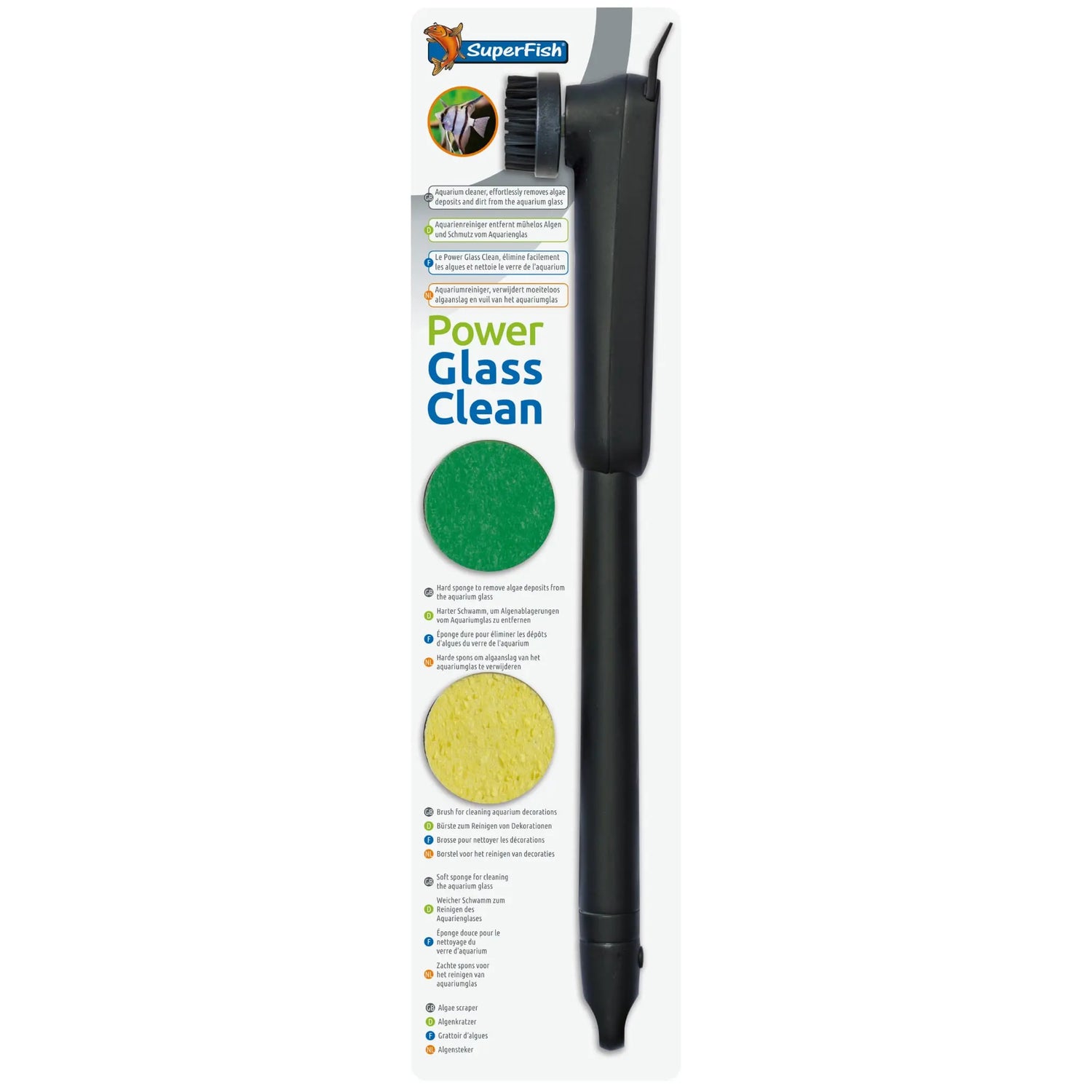
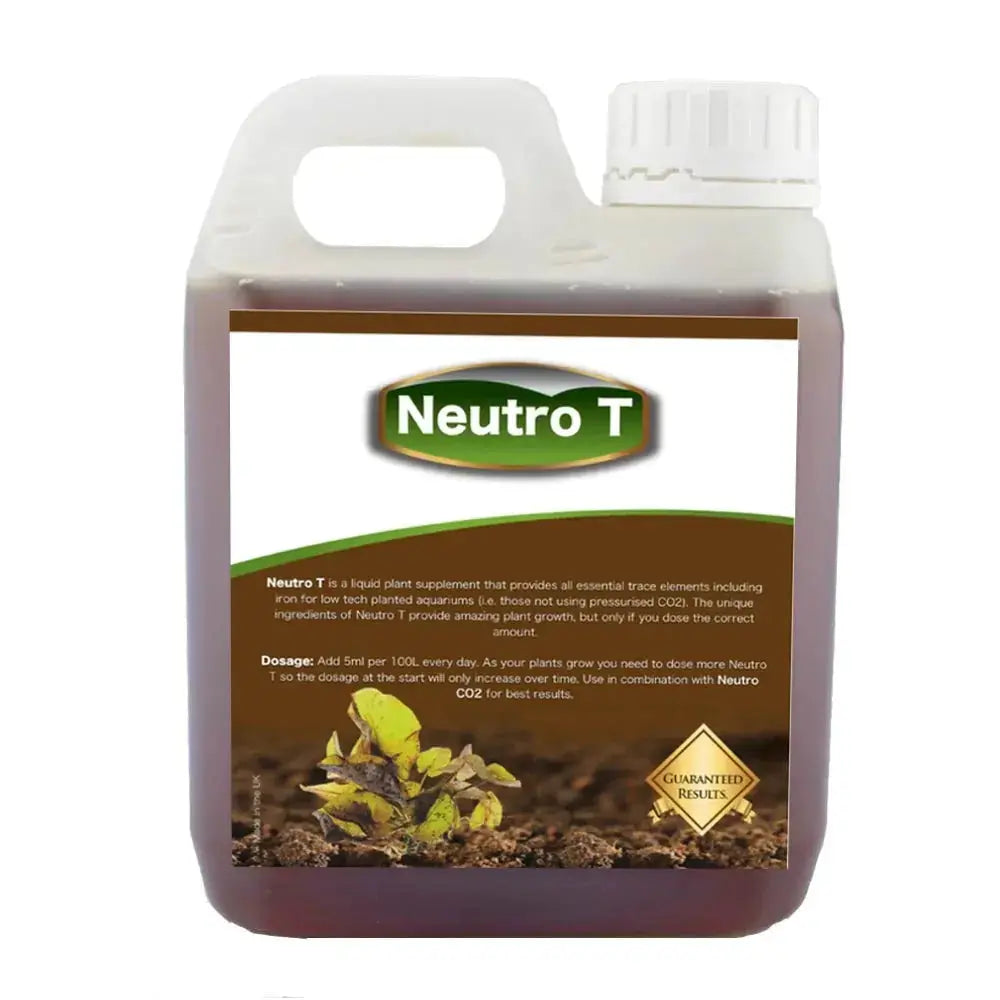
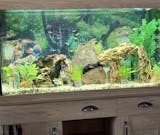
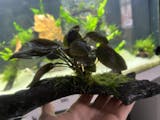
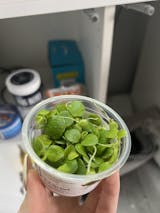
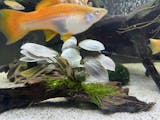
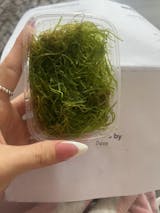
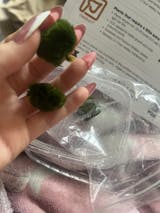
42 comments
I found your article very informative. Whether it is the preventive or the actual cleaning process, it must be done consistently to prevent algae from overgrowing in your fish tank.
I was pointed to this post as I had hair algae growing quickly and starting to make the tank look a mess. Within 24 hrs of reading this post, and putting all the steps in to place, my hair algae had gone. I reduced the intensity of my light by 25% and reduced from 8hrs to 6 hrs, did a 50% water change after the lights went out and got rid of as much hair algae as I could, gave a double dose of fertiliser straight after the water change and added some Seachem Flourish Excel – there was no hair algae when I woke up in the morning. An hour before lights on I upped the co2 from 2 bubbles per sec to 4 per sec and no hair algae has grown since, it’s now 48hrs since the first big water change and collection or nuisance algae and no new growth. I’ll do another big water change tomorrow evening, after lights out and do the same doses as before.
Great article and if you are able to do all the steps including co2 injection then the advice is bang on !
Thank you !
Hi Richard,
I’m having trouble with hair algae in a three week old 180l tank, stupidly i was leaving the light on for ten, yes ten! hours and obviously got hair algae. After searching the web for ages I came across your article and immediately reduced lighting to eight hour and upped my CO2 injection and ferts and did more water changes. My question is I’m two weeks into my new regime with no obvious difference, how long should the turn around take ?
Hi I’ve just read this thread, trying to find a solution to my hair algae problem. I have a small 60ltr tank which is very heavily planted. I have slow growing Anubis, java fern, tiger lotus and a mixture of very fine grass and a small leafed carpeting plant (not sure the names sorry) which I was under the impression that it needed alot of light. Hair algae is spreading to most plant but mostly on the carpet and grass plants at the bottom.
Last week I lost 4 cherry shrimp which was not good! So I did a huge water change and everything now seems fine. I did use an anti hair algae dosage (once a week for 2 weeks) which I have now stopped as I was worried this was the root of the problem although it does say it’s safe for shrimp..
Ive began doing a 20% water change 3 times a week. Before I was dosing ferts twice a week as recommended on the bottle and I only tended to run my co2 occasionally because my plants pear most days and my indicator shows a very bright yellow/orange which suggests there is a very high concentration of co2?
After reading this I’m going to drastically reduce the light hours as I’ve been running for about 10hrs an day thinking my plants needed it. I’m hoping now with these changes I will see an improvement to the healt of the plants, but at this stage my biggest concern is health of my shrimp.If anyone has any advice on any of this then I’d be keen to know. It’s all fairly new to me.
Thanks,
Joe.
Wow thank you for the write-up! I’m new to a Planted Co2 Aquarium and have recently got this problem . I will take all the advice given, eg: more water changes, manually removing hair algae, upping the Co2, I cannot lower the lighting but I can reduce the times. It comes on at 12-9pm. I donot use ferts or have a dirted tank. Just pump pressurized Co2, Aquarium dimensions are 18"h×18"w× 24"L. 147ltr/33g. Twin T8 fluorescent tubes, Fluval 306 canister filter.
I will re-aquascape to improve water flow. I will check back in with you with my results after a week or 2. Plants are mostly Crypts, some Bucephalandra and Anubias, an unknown stem Plant that does well with banana Plants. Thank You!!!